What is Loudness for Mastering?
Quick Answer
Loudness for mastering is the measurement of the perceived loudness of an audio signal during the audio mastering and distribution process. Loudness, as it relates to mastering music, can be something that is implemented carefully and skillfully, or it can be something that can ruin a master is used excessively.
Loudness for Mastering in Detail
Loudness, as it relates to mastering music, is a popular topic when talking about mastering. Often times, one of the first things an artist, mixing engineer, or audio enthusiast knows about mastering is that the process affects the overall loudness of a recording.

Loudness is typically the first thing many people think of when discussing audio mastering.
This is completely true, as all aspects of mastering, be it equalization, distortion, limiting, compression, or the simple act of running a signal through hardware will, in turn, affect the loudness of a recording. This means that understanding loudness as it relates to mastering is a crucial part of understanding mastering itself and all the forms of processing with which it is comprised.
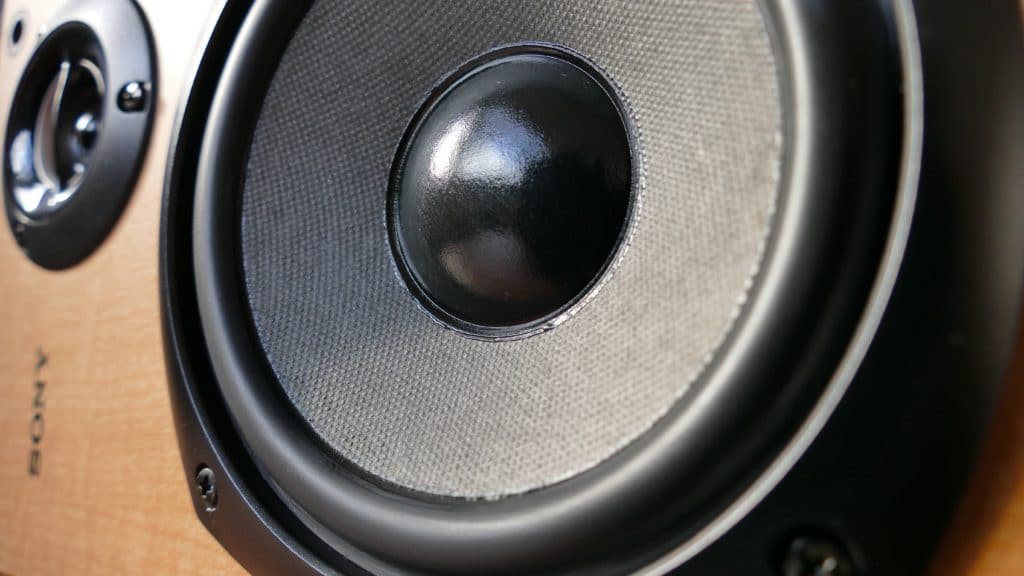
In order to master properly, you must understand how loudness affects mastering.
To better understand loudness, and how it ties into mastering so heavily, we’ll need to discuss which forms of measurement relate to loudness. We’ll also need to delve into which loudness levels work well for a modern master, which do not, and why this is.
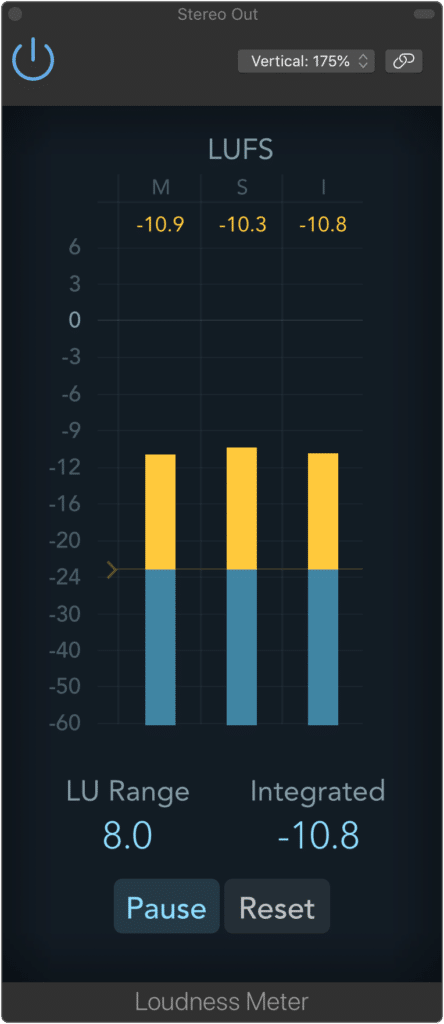
Many forms of loudness measurement exist.
Furthermore, it only makes sense to discuss loudness normalization , and how the advent of streaming music changes how engineers and listeners alike are interpreting loudness. Streaming services such as Spotify, Apple Music, Youtube, Tidal, and others will be discussed, and their default loudness settings will be covered.

Almost all streaming services affect the loudness of a master.
Lastly, we’ll be looking into why loudness is not only a creative choice, but an entirely reasonable and practical choice when considering mastering at louder volumes.
If at any point you’d like to hear your music mastered to just the right loudness, send us one of your mixes here:
We’ll master it for you and send you a free mastered sample.
What is Loudness and How is it Measured?
What is Loudness?
First and foremost, loudness is a perception that determines how much sound pressure a particular source is emitting at a given time. Loudness, as it relates to audio mastering, is typically thought of loudness before distortion, or in other words, the loudness of a signal before clipping distortion occurs.

Loudness and its measurement, are always based on listener perception.
How is Loudness Measured?
Loudness is measured in many different ways and by using various metrics each representing different forms of loudness over time. The most effective way to measure loudness as it relates to mastering is with the unit LUFS or Loudness Units Full Scale.
The integrated LUFS unit considers loudness over time , as it relates to various frequencies and how the human ear perceives those frequencies. So for example, if the human ear is more sensitive to 3kHz , an integrated LUFS will take the amplitude of those frequencies into account during measurement.
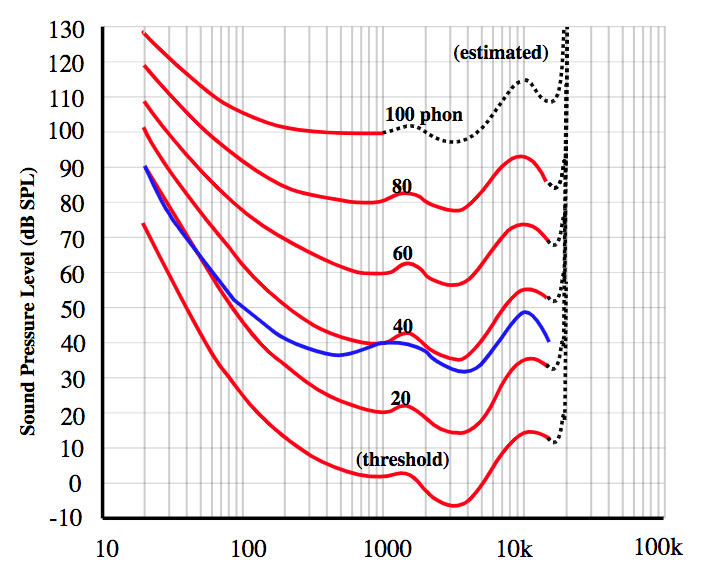
The Fletcher-Munson curve shows how music is perceived in a non-linear manner. The curve influences how music is mixed and mastered.
This means that an integrated LUFS is a reliable and accurate measurement for how we perceive loudness, and a valuable tool for mastering engineers looking to determine how their masters will be perceived.
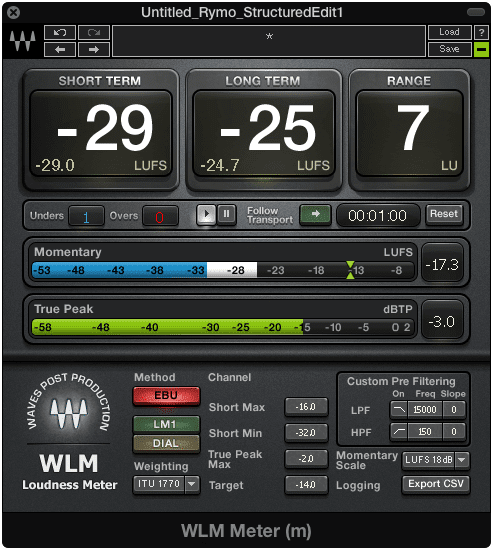
An LUFS meter like this one is used to measure the perceived loudness of a signal.
If you’d like to measure the integrated LUFS of your master or mix, there are many plugins you can use to accomplish this. If you’re using Logic Pro X, you can use their stock plugin titled ‘Loudness Meter’ to measure your mix or master’s loudness; however, if your DAW of choice does not have a stock LUFS meter, a good free option is the ‘Youlean Loudness Meter.’

The YouLean Loudness Meter is free and a very useful LUFS meter to have.
Some Purchasable LUFS Meters:
- Izotope Insight
- Waves WLM
- Nugen Audio Mastercheck Pro
- MeterPlugs LCAST
Regardless of which LUFS meter you choose, once you have decided on which to use simply insert the plugin as the last step in your signal chain, with absolutely no additional processing occurring after that plugin.
This means, as stated above, do no use any plugin after your LUFS meter if you want to get an accurate reading of your mix or master's loudness.
How Loud Should My Mix or Master Be?
How loud a mix or master should be, depends on the genre and other factors; however, a mix shouldn’t be louder than an integrated-16 LUFS and a master should be between an integrated -16 LUFS to -9 LUFS. Again, this will vary from project to project.
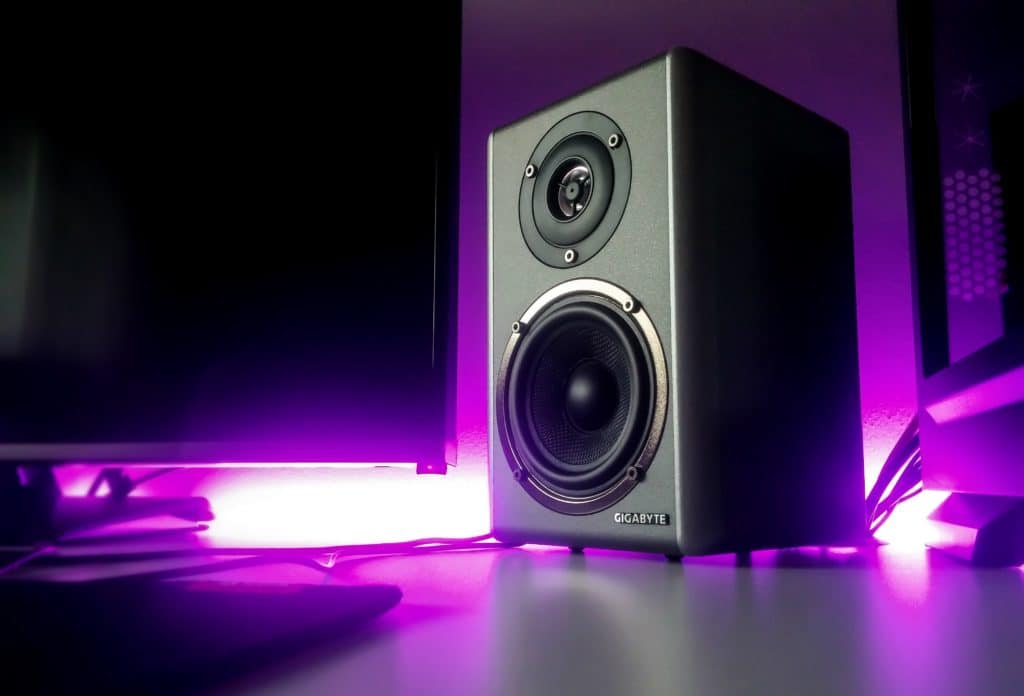
A mix shouldn't be louder than -16 LUFS.
There are many reasons why the loudness of a master and mix may vary, but when it comes to mixing in particular, you should have the mastering process in mind when creating your mix. That being said, a mix that is as loud as a master will cause difficulties for most mastering engineers.

Making a mix too loud can cause issues for a mastering engineer.
What will most likely happen if you deliver a mix that is too loud, is a mastering engineer will use clip gain or other gain altering methods to reduce the loudness of your mix and in turn create some headroom for their mastering process. In other words, an excessively loud mix will cause issues for a mastering engineer and may result in a worse sounding final product.
This is why, no matter what the genre or other factors at play, it is always best to leave mixes relatively quiet, with the loudest integrated LUFS for any mix being -16.
Whereas a mix is limited in how loud it can be, a master’s loudness can vary based on the medium onto which it is distributed, the genre mastered, and the artist’s personal preference for loudness.
Medium and Loudness
The medium onto which a record is distributed affects the loudness to which it can be mastered. For example , when mastering for a vinyl record, if master too loud, the needle of the lathe can begin to distort.

The medium onto which a master will be distributed completely changes how loud that master can be.
With that in mind, the vinyl record, with all of its physical limitations cannot handle an extremely loud signal both during the cutting and the playback process. As a result, if mastering for vinyl, a quieter master will need to be created.
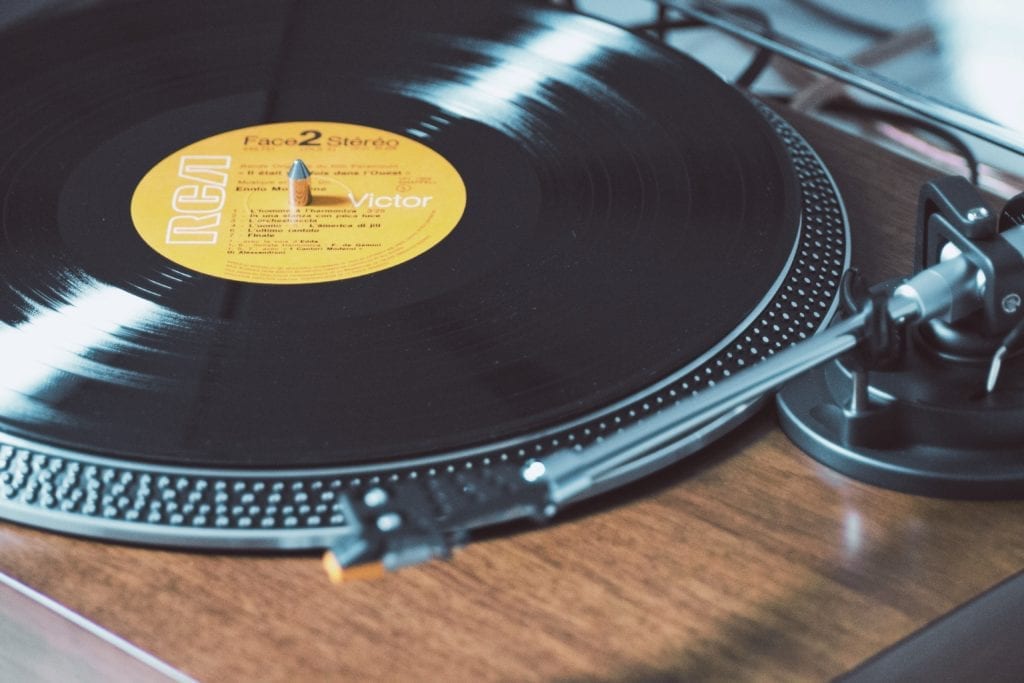
A master for vinyl will need to be quieter to avoid unwanted distortions.
The opposite of this example may be a digital release, where the loudness of the signal can be much louder before distortion occurs. With that said, mastering for a CD or a digital release will often be much louder than a master made for a physical medium like the vinyl record or the cassette tape mediums.
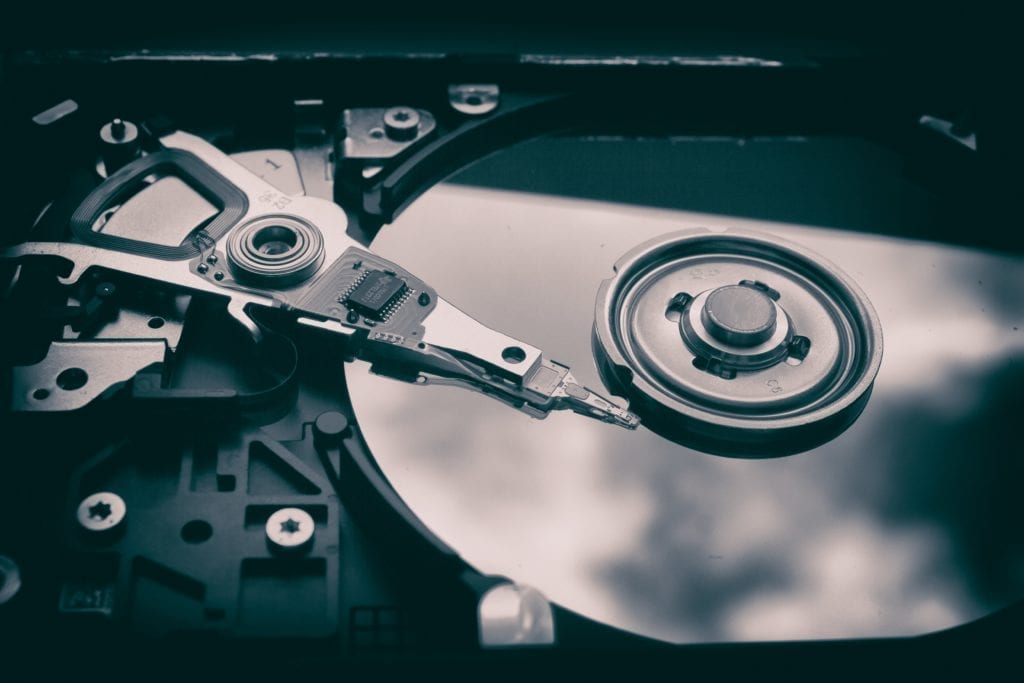
A CD can handle a much louder signal before distortion.
Regardless of what medium is chosen, and medium or distribution type will bring with it factors that will alter how much loudness can be handled, or how much loudness is advantageous.
If you’d like to learn more about how the medium used affects how loud a master is made, check out some of our blogs on the topic:
Each of these blogs discusses the unique characteristics of these mediums and how that affects the mastering process.
Genre and Loudness
The genre being mastered will no doubt result in a particular loudness range being utilized during the mastering process. Whereas some genres are almost always mastered louder to create a commercially competitive sound, some genres call for a more subtle approach that retains dynamics and transients.
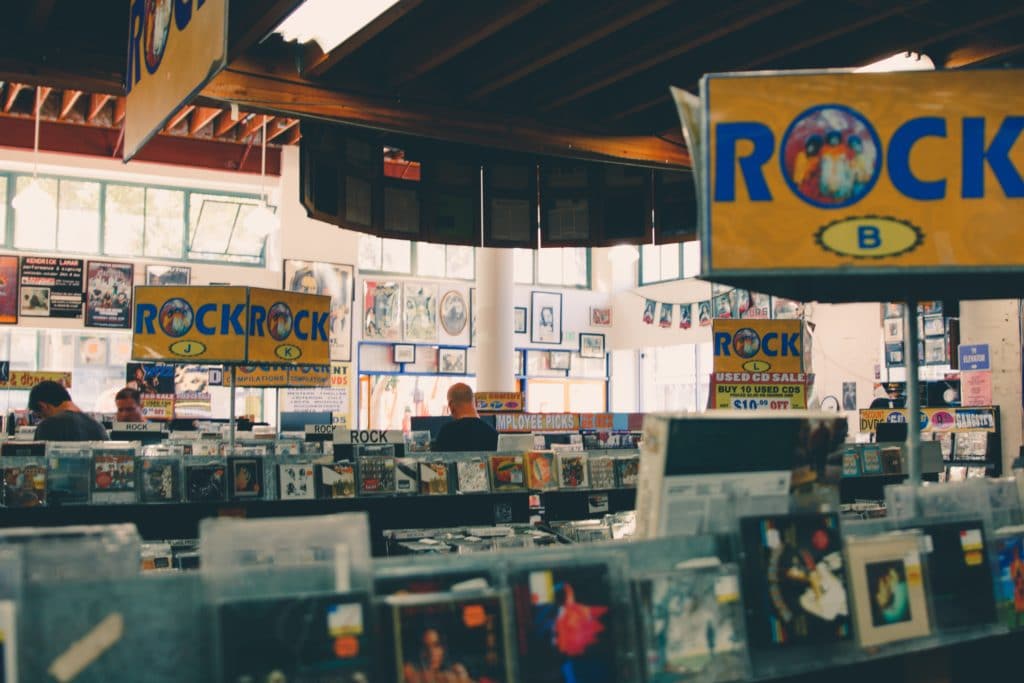
The genre of the music master affects the loudness of the master.
For example, pop music is typically mastered louder with some masters being as loud as an integrated -8 LUFS . Conversely, Jazz and Classical music are typically mastered quieter, closer to an integrated -16 LUFS.

Jazz music requires more dynamics, therefore it will often be mastered at quieter levels.
This wide range in loudness levels and the expected loudness of each genre drastically changes how mastering is approached. It alters to what extent various forms of processing, such as compression, equalization and so on, are implemented during mastering.
If you’d like to learn more about how these genres are mastered, and how loudness directly impacts the mastering process for these genres, chic out our blog posts on the topic:
Each one of these blogs will showcase what is unique about mastering for each respective genre, and how loudness affects this processing.
Artist’s Personal Preference and Loudness
Sometimes mastering engineers will be put in the slightly uncomfortable position of closing between what sounds best in their professional opinion, and what the artist wants. Often times this difference isn’t too big of an issue, but sometimes the vision an artist has for their master can greatly and negatively impact the sonic quality of the master.

Artists may prefer a loud, quiet, or moderate master.
For example, say no matter how loud an engineer makes a master, the artist always seems to want a louder revision. A situation like this would quickly devolve into a master with no dynamic range, little transients, and harsh or unpleasant harmonic distortion.

Some artists, like Axl Rose, prefer a quieter master to retain transients and the dynamic range.
Of course, this isn’t always the case - in fact, many artists want to retain the dynamic range of their recordings. For example, when Bob Ludwig was mastering Chinese Democracy for Guns N’ Roses, frontman Axl Rose consistently asked for a more dynamic master, ultimately resulting in a quieter master overall.
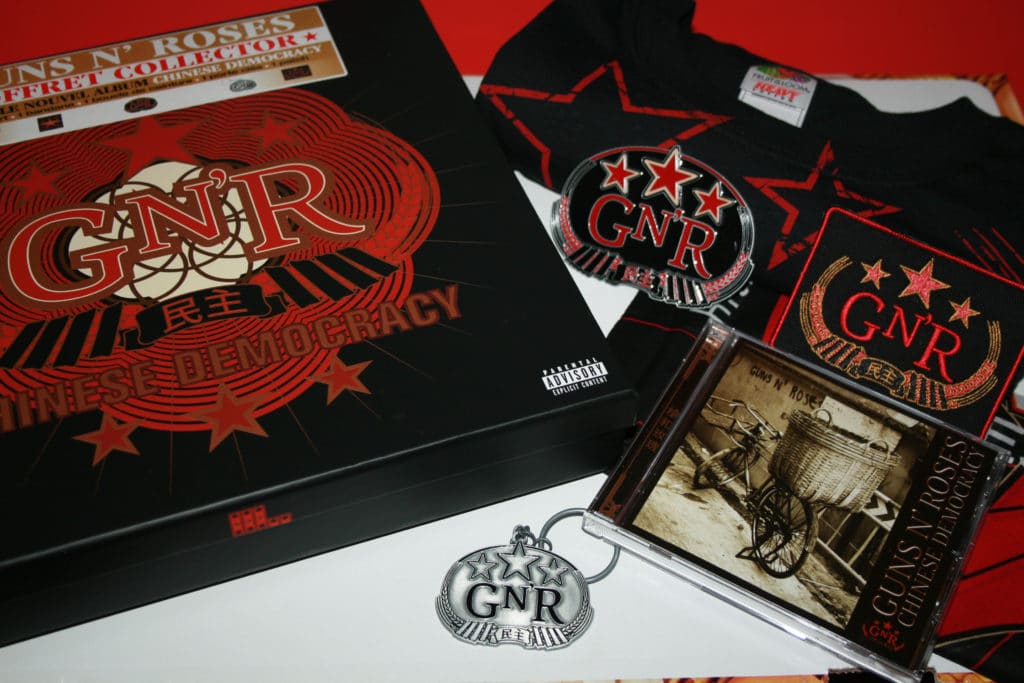
Chinese Democracy, mastered by Bob Ludwig, is a good example of a master made quieter to preserve dynamics.
So whether an artist prefers a loud and competitive sound or a quiet and dynamic master, the artist’s preference can greatly impact the loudness of a master, and the processing used during the mastering process.
If you’re an artist and you’d like to hear your music mastered in a particular way, be it loud, quieter and dynamic, or somewhere in-between, send it to us here:
We’ll master it for you based on your notes and send you a free mastered sample for you to review.
Loudness in the Age of Streaming
Just like the other mediums mentioned previously, streaming, be it on YouTube, Spotify, Apple Music, or any other online service, greatly impacts loudness as it relates to mastering.
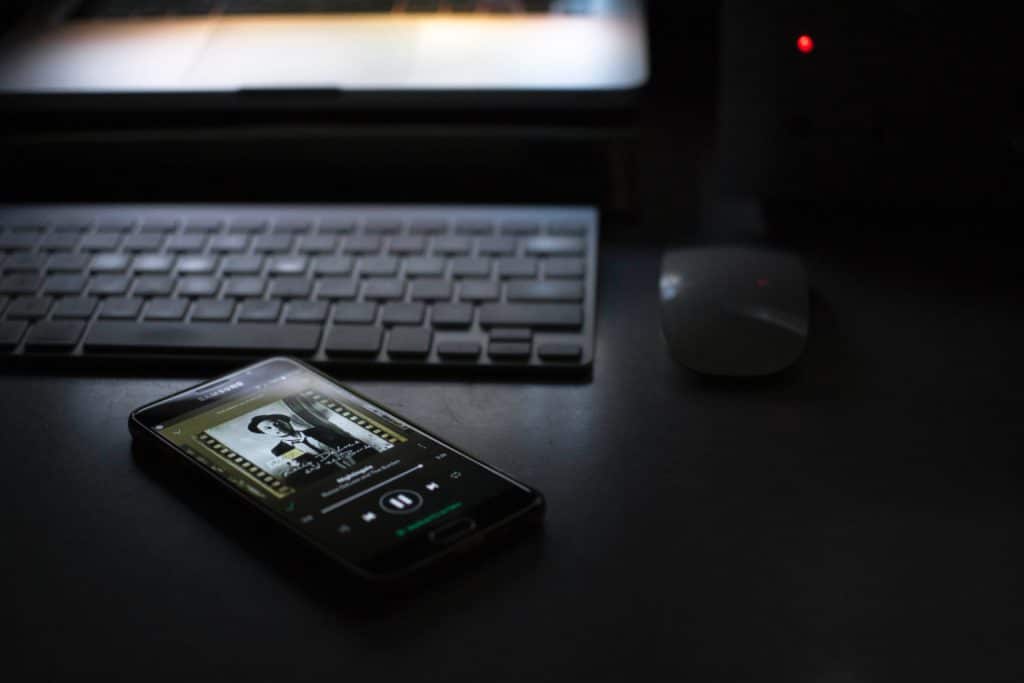
Streaming changes how loud a master will be played back to a listener.
By implementing a process known as loudness normalization, streaming services have completely changed how loudness is interpreted, both by mastering engineers and by music listeners.
In short, loudness normalization is the process of analyzing a record’s loudness and then turning it either up or down to a preset loudness. This process can cause distortion in some instances and can make even the loudest masters sound dull and quiet compared to others.

Loudness normalization exists for almost all streaming services and needs to be understood prior to mastering.
With that said, understanding loudness normalization is a huge part of mastering a record properly, as it has serious implications for the sonic quality of an audio recording.
How Does Loudness Normalization Work?
Although loudness normalization varies from platform to platform, the general idea is that the loudness of a track is measured, and then turned either up or down to a predetermined loudness. Loudness normalization typically used software known as ReplayGain to adjust the gain of a track in dB.
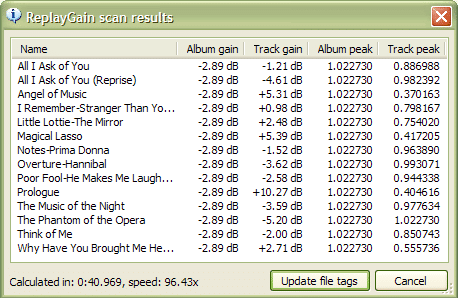
ReplayGain has been around since the early 2000s.
So for example, Spotify’s ‘Normal’ loudness setting is -14 LUFS. If a master that is distributed to Spotify is -16 LUFS , then that track will be turned up by 2 dB prior to playback. Similarly, if a track is mastered to -12 LUFS , then it will be turned down by 2dB prior to playback.
This is, in short, a simplified view of loudness normalization.
If you’d like to learn more about loudness normalization, and how it relates to mastering and loudness, check out some of our blog posts on the topic:
Each blog post offers unique information on loudness normalization, how it works in greater detail, and how it can result in distortion in certain circumstances.
Each platform, whether it’s YouTube, Tidal or what have you, implements different loudness normalization settings. That being said, if you’re mastering for a specific streaming service in mind, you’ll need to know what these settings are, what the most popular or default normalization setting is, and how you can use this information to create a master best suited for that streaming service.
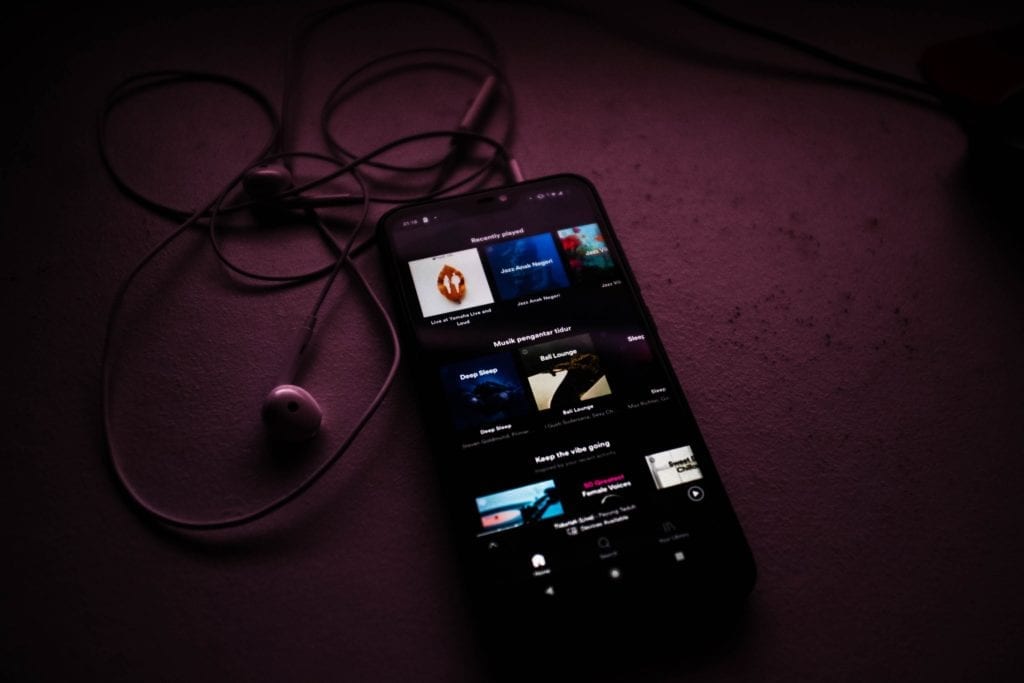
It's helpful to know the loudness normalization settings of each streaming service.
A Quick Loudness Normalization Setting Reference:
- YouTube: -12.5 LUFS
- Spotify: -14 LUFS
- Tidal: -14.5 LUFS
- Pandora: -13.5 LUFS
- Apple Music: -16 LUFS
Keep in mind that these figures can change, and may vary slightly from the time of posting this article.
Why is Loudness So Important?
Aside from personal preferences, and the desire to make a master sound loud when compared to other masters, loudness is ultimately a means of covering distortion and noise introduced by application systems. When mastering, loudness is used to deliver a listenable product regardless of the playback system.

Loudness serves a practical purpose by covering up the noise created by entry-level amplifiers.
If you’ve ever listened to music in an older car, or through some headphones that were entry-level in terms of quality, then you know how much the listening system can affect the enjoyability and perceivability of the music. A bad stereo system or amplification system can introduce various forms of distortion including by not limited to phase distortion, harmonic generation, and noise.
Due to the nonlinear manner with which most amplification systems introduce this distortion (meaning that more distortion is created at lower and significantly louder levels), it is within the best interest of a mastering engineer to create a master that can be played back without with the need to crank the volume knob.
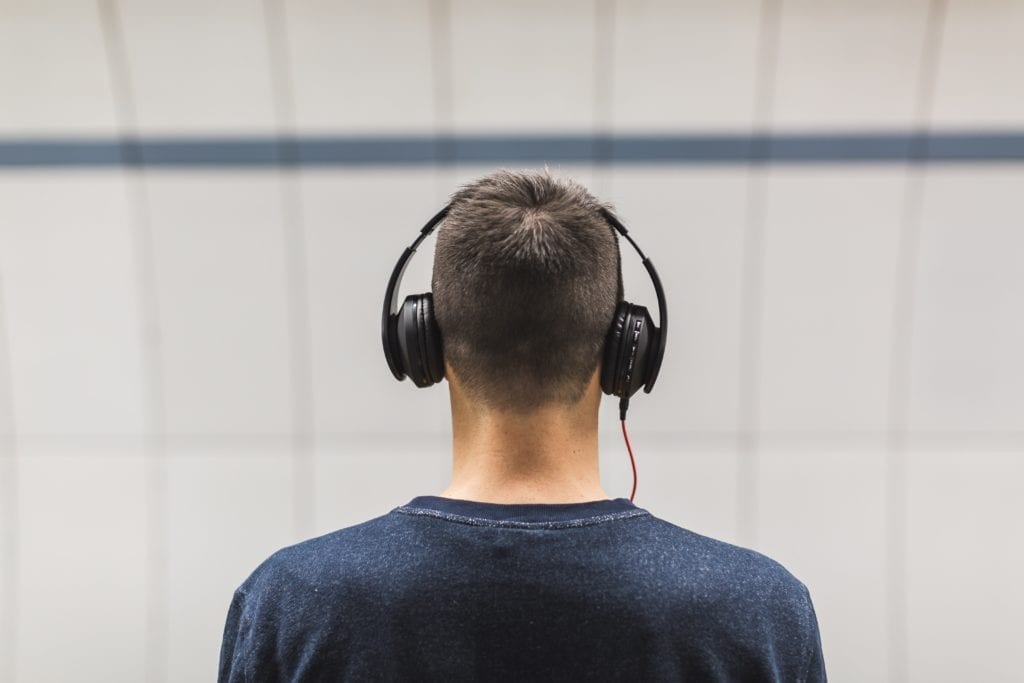
Loudness can help a master sound better on consumer-grade equipment.
If a master it too quieter, not only will it fail to cover the noise floor of the amplifier, but it will need to be turned up significantly, resulting in increased distortion introduced from the application system.
All this to say, that although loudness has many roles and interpretations in the audio world, it does serve a very practical role when mastering - that is, to cover and avoid unwanted distortion in an amplification system.
Additionally, a louder master can help to create an upfront sound, resulting in the ability to hear all of the instrumentation without the need for high-end equipment.
If you’d like to learn more about how an upfront sound is used when mastering, and how that relates to the stereo system in use, check out our blog post on that topic:
It shows how preference, genre, and the practical purposes of loudness combine to create a very particular style of mastering music.
Conclusion
Loudness affects all aspects of mastering music. The intended loudness of a master will change how an engineer approaches the mastering process.
With that said, understanding loudness on a macro and micro level is crucial knowledge for anyone seeking to master for a particular medium, genre, or artist preference. Additionally, loudness greatly impacts today’s mastering process when considering the popularization of loudness normalization and online streaming services.
No matter how a track is mastered, for what medium it is mastered, or for which artist it is mastered, loudness will in one way or another be part of the production process.
Lastly, if you’re just now getting into mastering music knowing the integrated LUFS unit, and using an LUFS or Loudness meter, is a great way to get a good understanding of loudness. In fact, this meter is valuable whether you’re just starting to master music, or if you’re a seasoned engineer.
If you’d like to hear your music mastered, you can send it to us here for a free mastered sample of it:
We’ll master it for you and send you a free mastered sample of that music.
What are your thoughts on loudness and mastering?




